Climate change at the top of the world
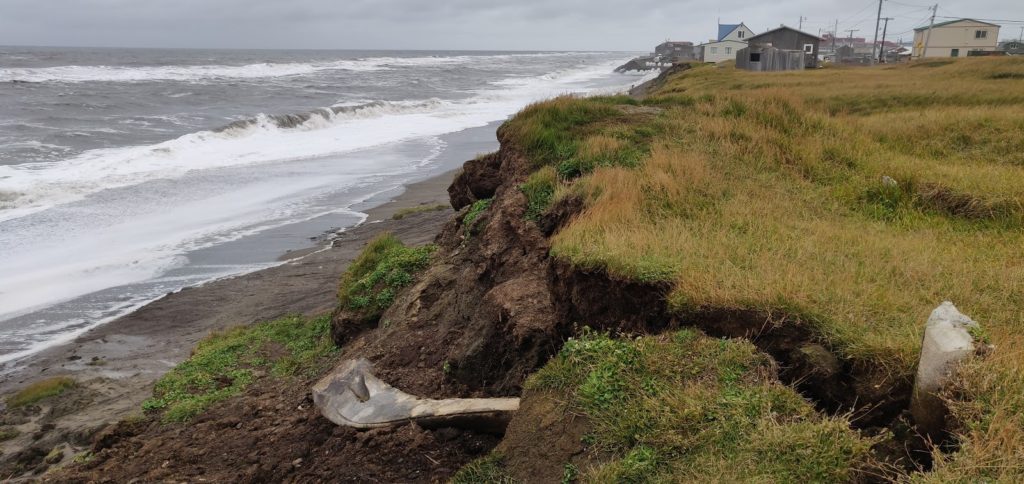

Last summer, League supporter Ken Fabert took a trip with his daughter to Utqiaġvik (formerly Barrow) and Cooper Island in Alaska’s Arctic, and this is what they found.
By Ken Fabert
Photography by Emma Fabert
When my 21-year-old daughter Emma and I arrived last summer in Utqiagvik, rainfall, sea surface temperatures and air temperatures had all surged above normal, while total Arctic sea ice cover and Chukchi Sea ice cover had shrunk to the lowest-ever recorded. Elsewhere in the Arctic, drought had triggered extensive fires in Alaska, Siberia and even Greenland. All of these changes continue to accelerate.
We were at ground zero of the climate crisis, and what we saw and experienced painted a clear picture of what that means to life as we know it.
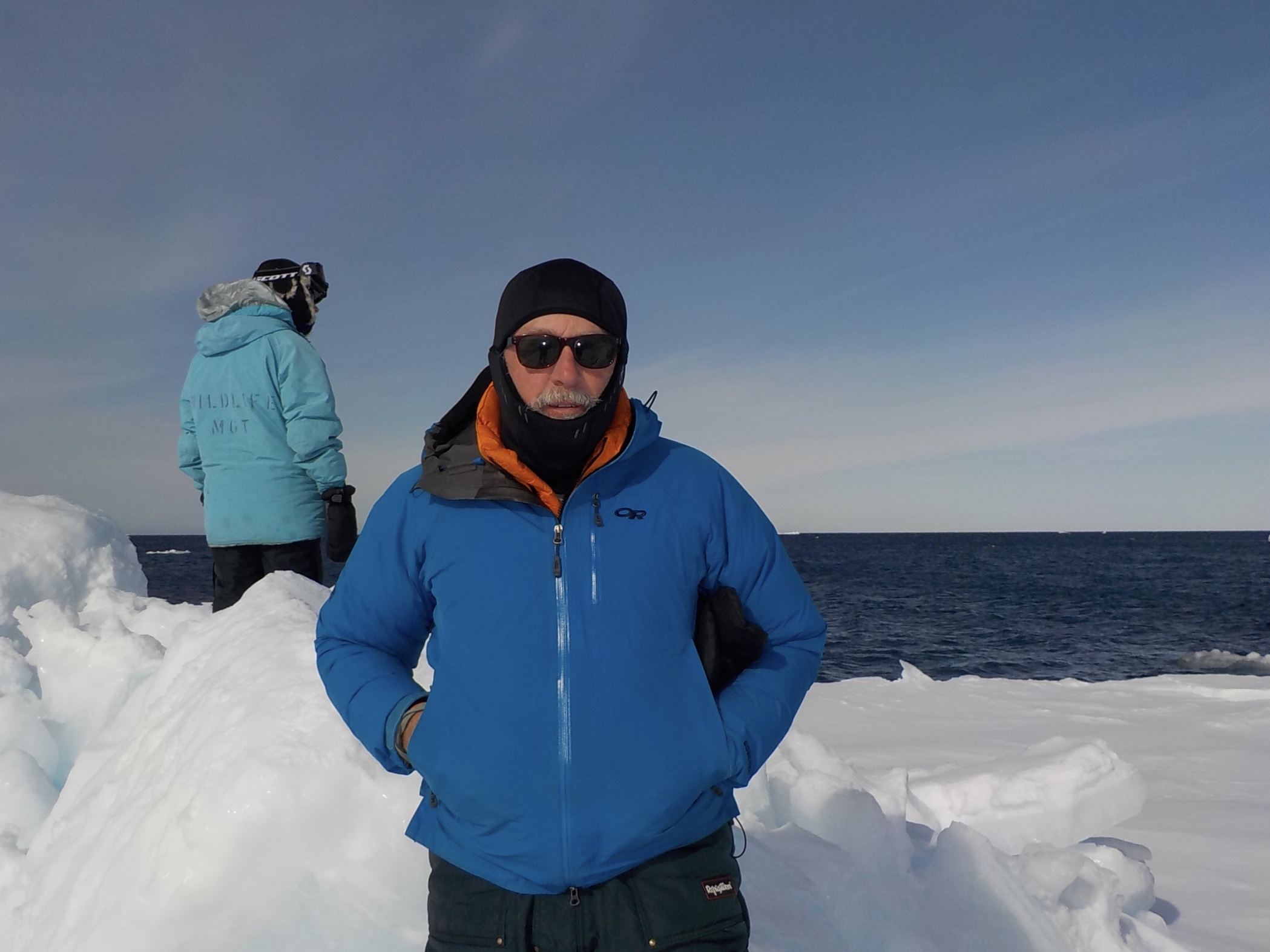
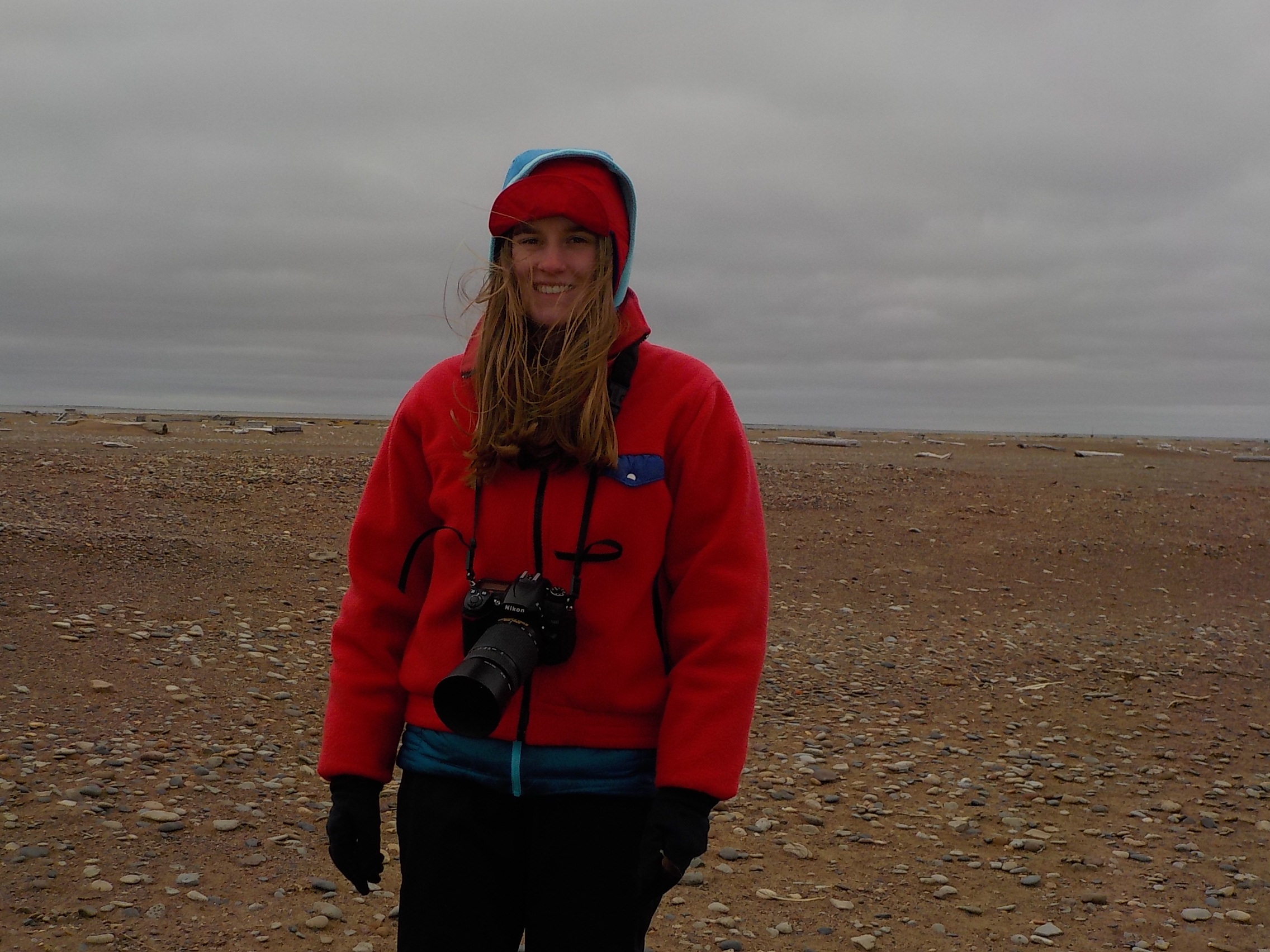
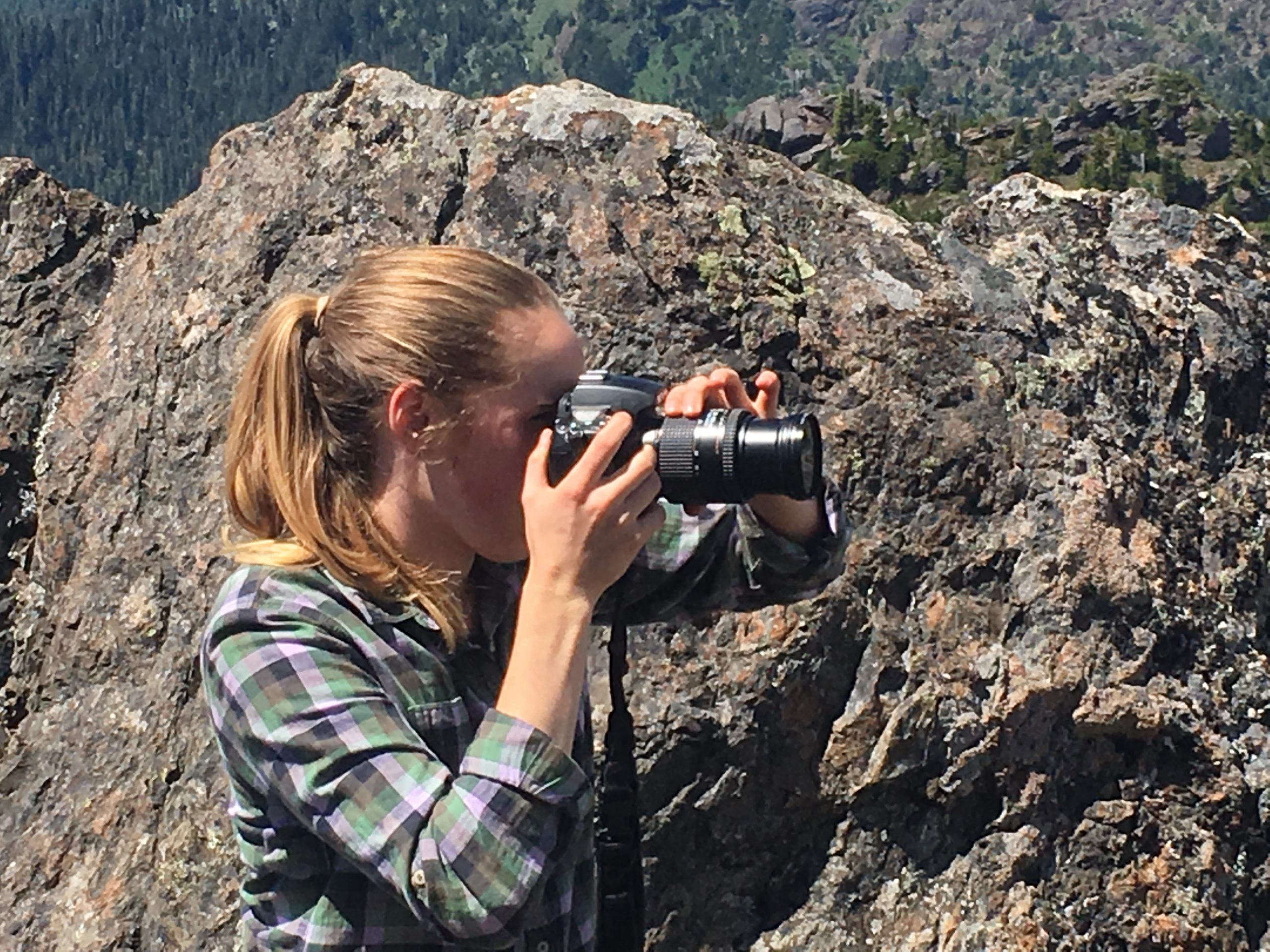
As Arctic Sea Ice Disappears, so do Black Guillemots
Cooper Island is home to a colony of black guillemots that has been studied for 45 years by ornithologist George Divoky. At its peak in the late 1980s, there were more than 200 breeding pairs. In the 2000s, the adjacent Beaufort Sea ice began rapidly retreating. Now, instead of the ice being tens of miles from the colony, it’s hundreds of miles away.
Guillemot chicks are dying because their preferred ice-edge forage fish, Arctic cod, is disappearing. The parents have adapted by catching an alternative food source, four-horned sculpin, but availability is limited. And because their chicks are not used to eating this bony, larger fish, many have starved or choked. In addition, overwinter mortality of guillemot adults—who can live 20 years or longer—has increased, presumably due to reduced ice in the Bering Sea.
During our time on Cooper Island, we saw too many empty nest sites. Some guillemots are adapting, but will they adapt fast enough to stabilize the colony?
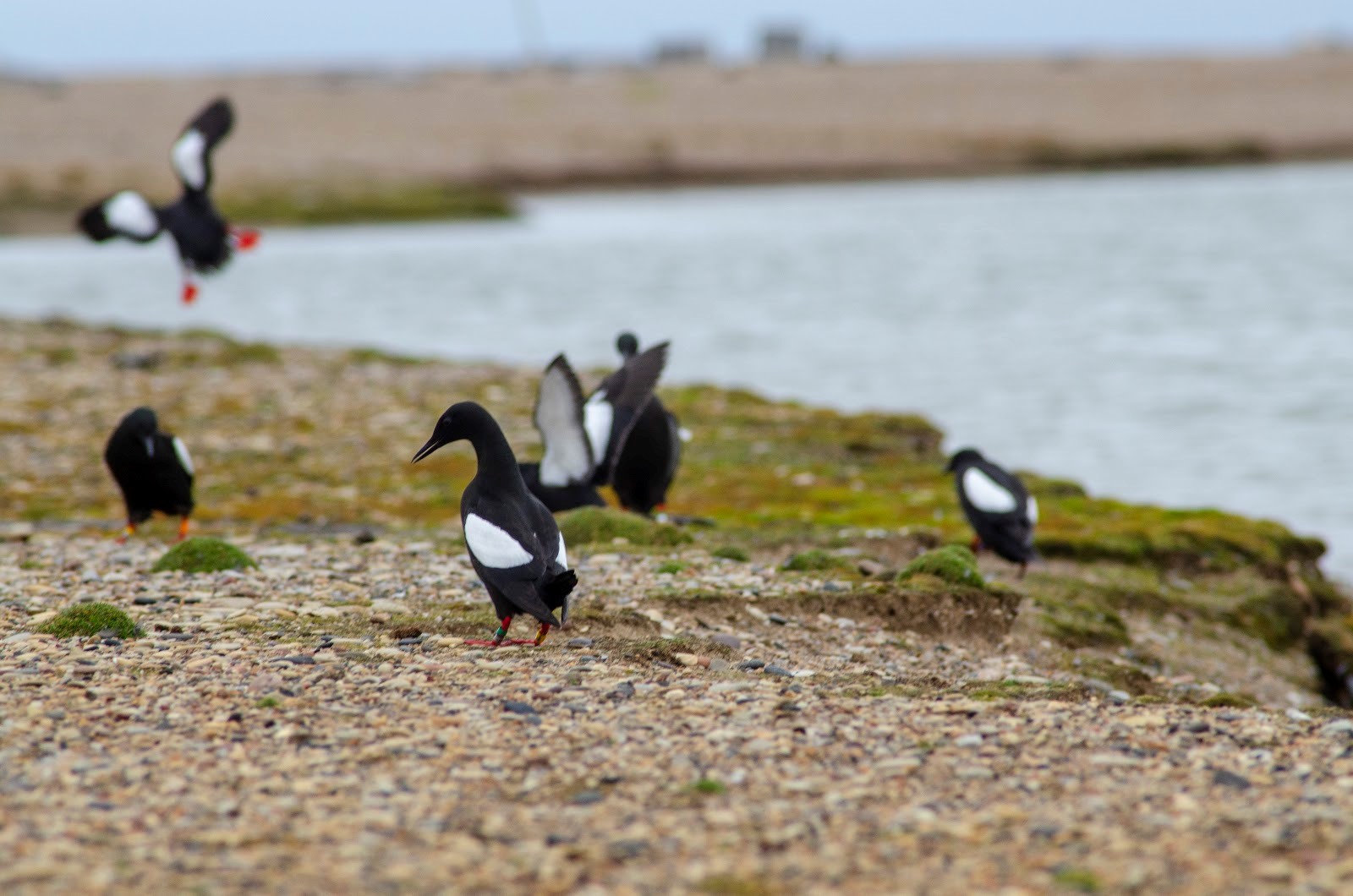
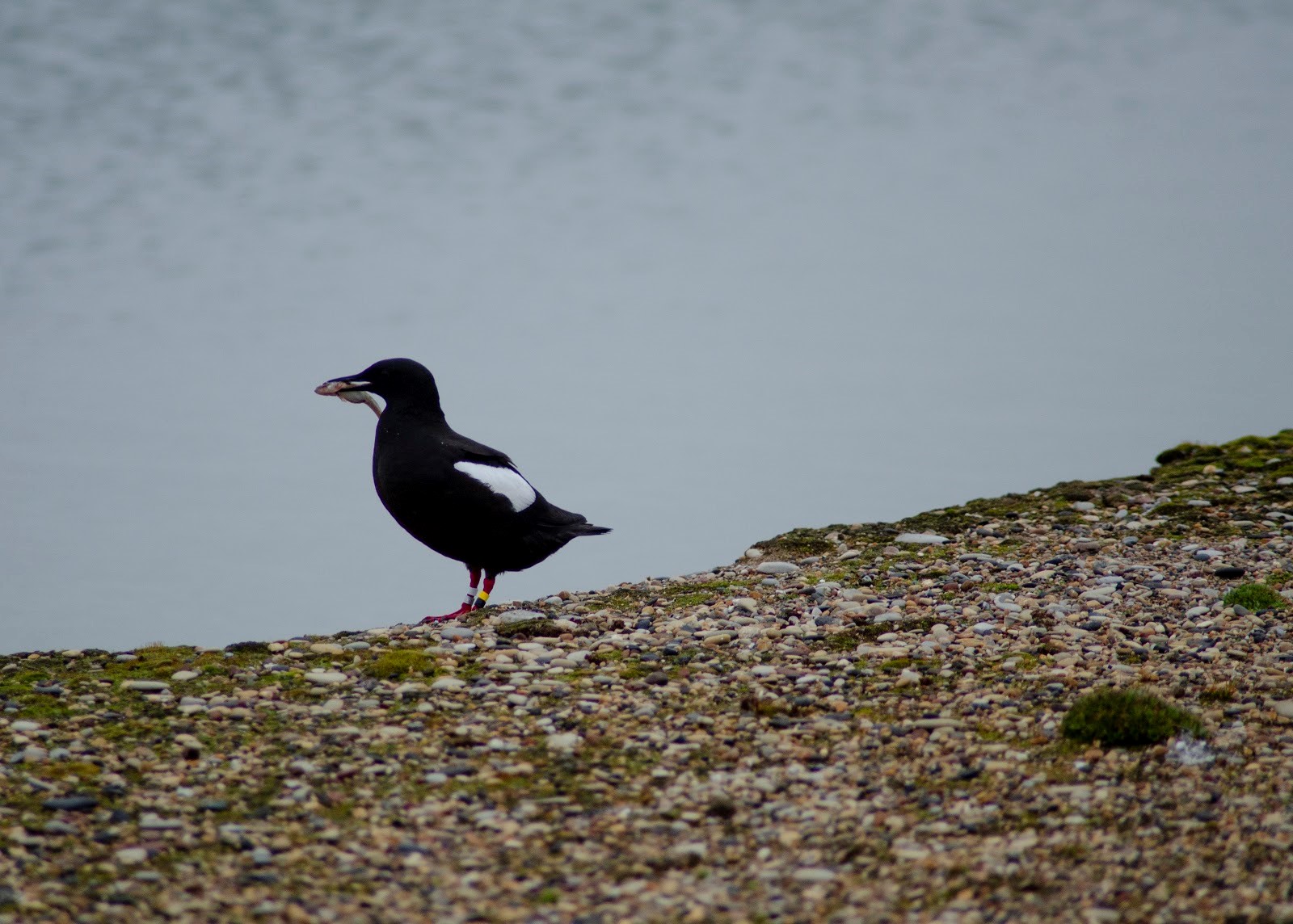
Polar Bears Stranded on Land
While we were watching the guillemots, we also saw other ice refugees on the island. For four days running, we saw polar bears resting and meandering, at times close enough to give us pause. Since the early 2000s, due to disappearing sea ice, polar bears have taken up summer residence on the barrier islands of the Beaufort Sea, including Cooper Island. The bears wait for sea ice to reform, so they can return to the seal hunting that sustains them.

At one point, we witnessed a healthy-looking sow nurse her cub. It was a moment of wonder. However, it was clouded by the realization that this scene is meant to take place on ice, where the sow could replenish her metabolic stores by hunting. Instead, this sow will have to wait for months for food— until the sea ice reforms. We examined the bears’ scat and found evidence of grass and vegetative matter—scant nourishment for an apex predator, particularly while she is sustaining the next generation while forgoing her own metabolic requirements.
The Arctic Ocean is Washing Away Irreplaceable History
On Thursday, August 22, the National Weather Service issued a high surf advisory for Utqiagvik (Barrow) and surrounding coastal areas. Until the sea ice began retreating, this never happened. Previously, sea ice would minimize the fetch – the span of ocean surface that the wind would blow over to generate wave action. In fact, Unalaq Atchiksuq (Northwest Wind in Inupiaq), had been reputed to bring dangerous ice to shore in August. No longer. Instead, because diminishing ice is now hundreds of miles offshore, the northwest wind now brings high surf that erodes the coastline. As a result, bulldozers and sandbags must be used to create a defensive berm along the beach to protect vital infrastructure.

The waves also were eroding a heritage site just west of town, where 2,000 years of history lies buried in the hummocky remains of sod houses. But the site is vanishing. As we walked to the edge of the bluff, we saw bowhead whale ribs and jawbones protruding from the turf. And where the bluff had collapsed, numerous bones and artifacts were washing down to the beach to scatter in the surf.
The community lacks money, manpower and time to explore these cultural riches that belong to a tradition that is thought to have given birth to the development of the Thule culture that spread as far afield as Greenland. This was a culture of astonishing human adaptation to ice. Now the ice is in full retreat due to anthropogenic warming of the climate. While some will salivate at the prospect of mining even more carbon-based fuels in the newly ice-free north, humanity as a whole will lose something as irreplaceable as the summer seals for the polar bears and Arctic cod for the guillemots – the archaeological record of amazing Inuit adaptability.
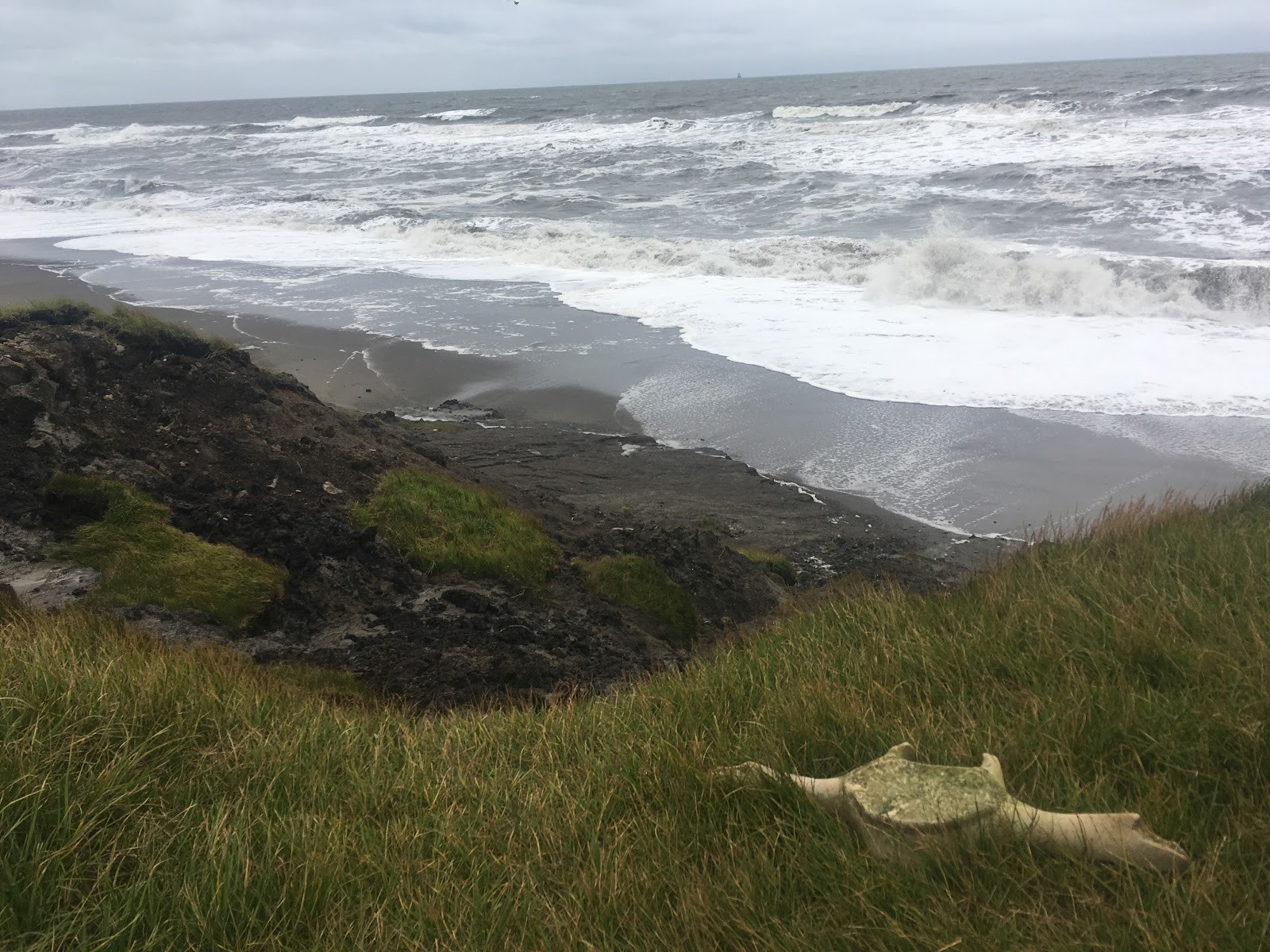
The Time to Change is Now
I am not a climate scientist, ornithologist, wildlife biologist or anthropologist. But I don’t need to be an expert to appreciate the facts and trends behind the rapidly accelerating Arctic changes that Emma and I experienced. It is important to bear witness to this altered world, and advocate for collectively renouncing a carbon fuel-based future. This is not an option. It is imperative in order to avoid even more profound losses in the near future. We have the knowledge. We have seen the impact. Do we have the will to change and adapt as other Arctic life forms know they must?
I think Emma speaks for many in her generation, who will experience the impacts of climate change as a constant in their lives:
“Climate change cannot be ignored in places like Utqiagvik yet it is denied by some of the highest people in power. They too should come face to face with realities that hit you over the head when you see a hungry polar bear no longer able to stay on ice hundreds of miles away, witness a collapsing colony of beautiful birds like the guillemots, or experience eroding history being washed away.”
The time to change is now. These truths from ground zero can guide and inspire us.
Ken Fabert is a retired family physician and a longtime Alaska Wilderness League supporter.
Emma Fabert is a lifelong nature lover and photography enthusiast.
